Sustainability
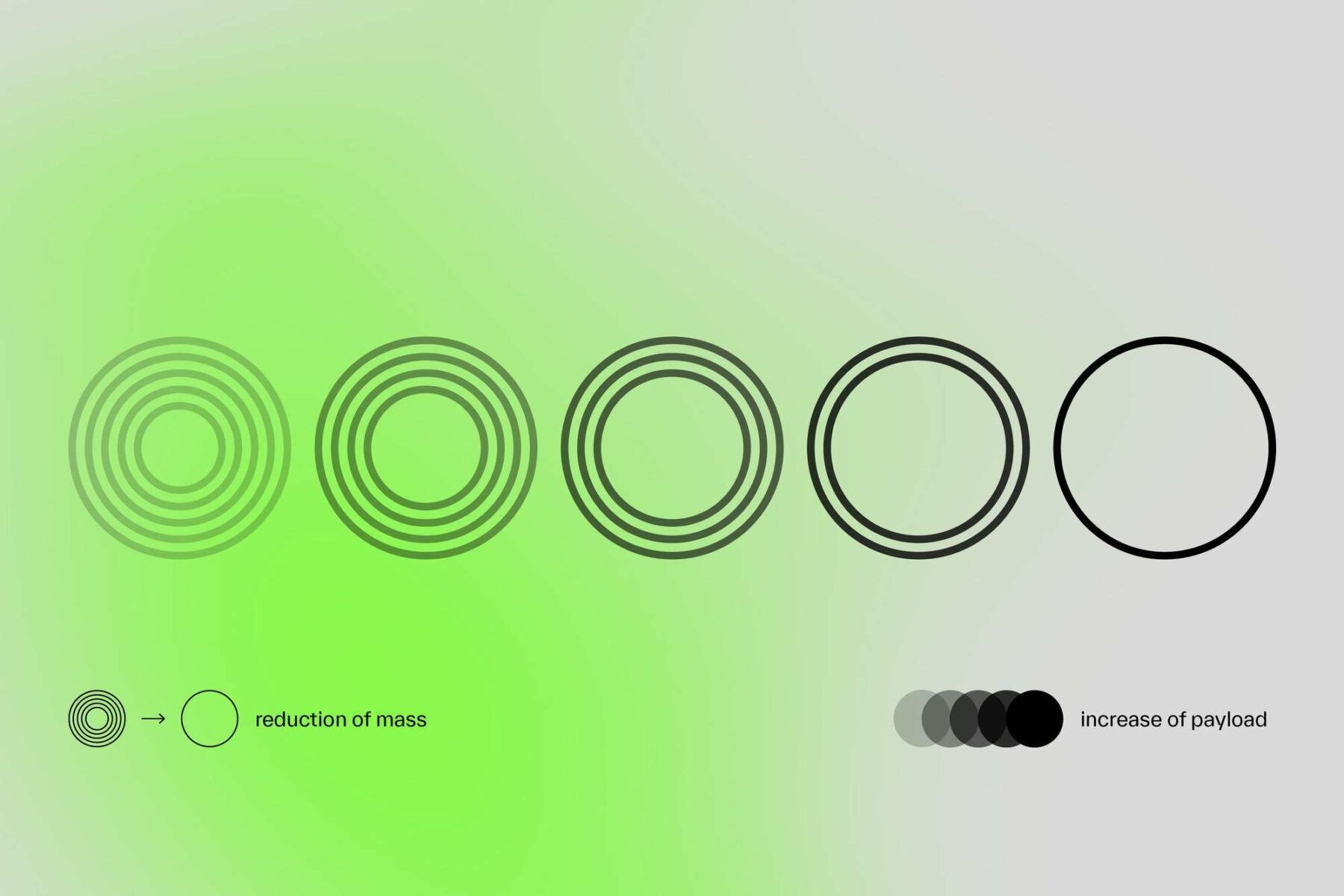
The Importance of Mass Reduction
In all the sectors where CG CAE has operated or is operating (aerospace, railway, plant engineering, motorsport, energy), the reduction of mass, in compliance with the requirements of structural strength and stiffness, was, or has become over time, a determining factor at the base of each new project. The reason is straightforward: the lighter an aircraft or spacecraft is, the higher the payload can be (passengers in commercial aircraft, material to be put into orbit for spacecraft), all other factors being equal. For a competition vehicle, however, the situation is more complex: reducing the mass to the bare minimum by dropping below the limit established by regulations allows ballasts (designed to make the vehicle “legal” again) to be placed in the most suitable positions, improving overall balance and lowering the center of gravity.
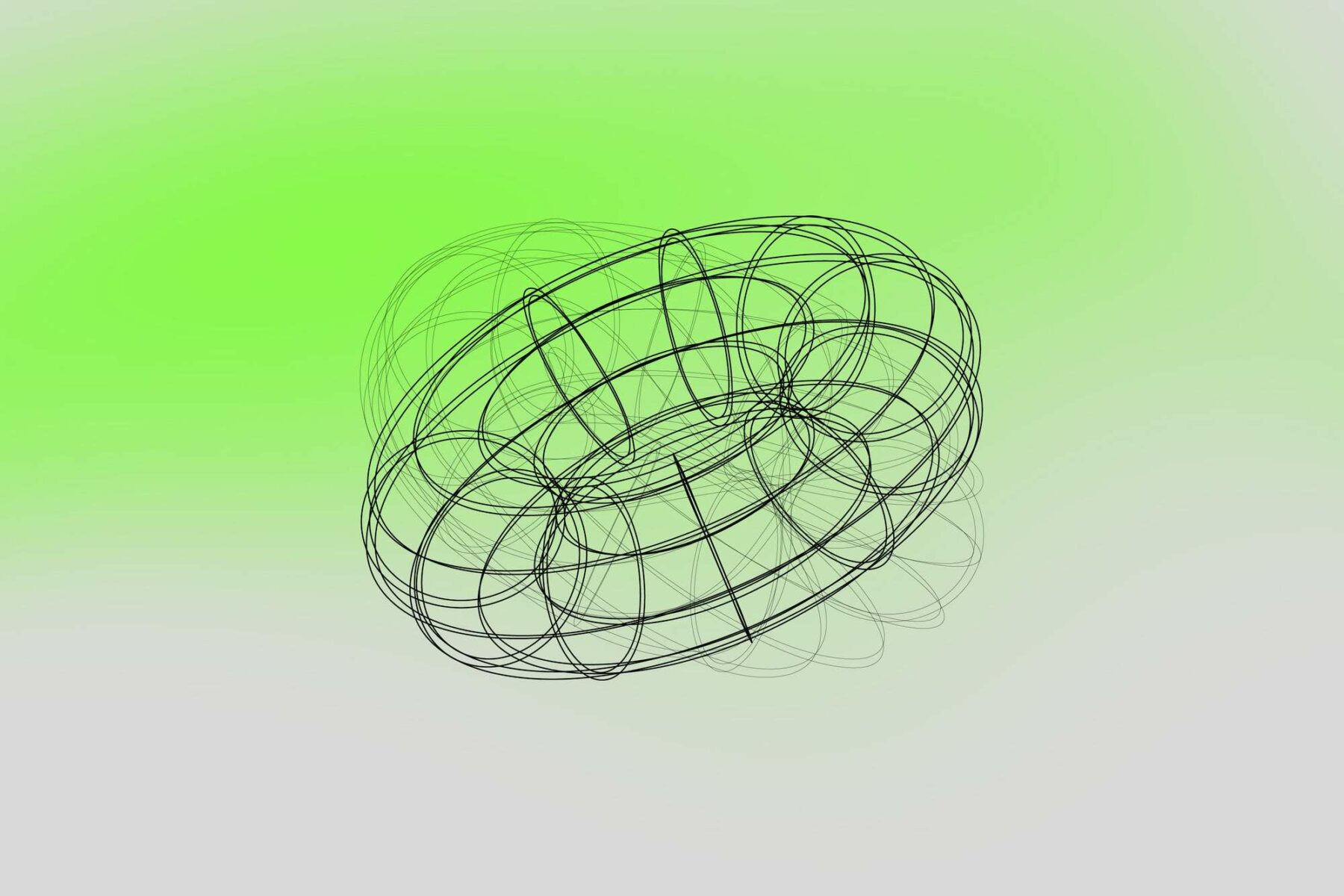
The Rise of Additive Manufacturing
In the most innovation-conscious sectors, additive manufacturing (better known as “3D printing”) is rapidly gaining ground. This technology enables material to be placed exactly where it is needed, allowing the creation of shapes that would be impossible with traditional CNC machining. As a result, it contributes significantly to achieving the lowest possible mass.
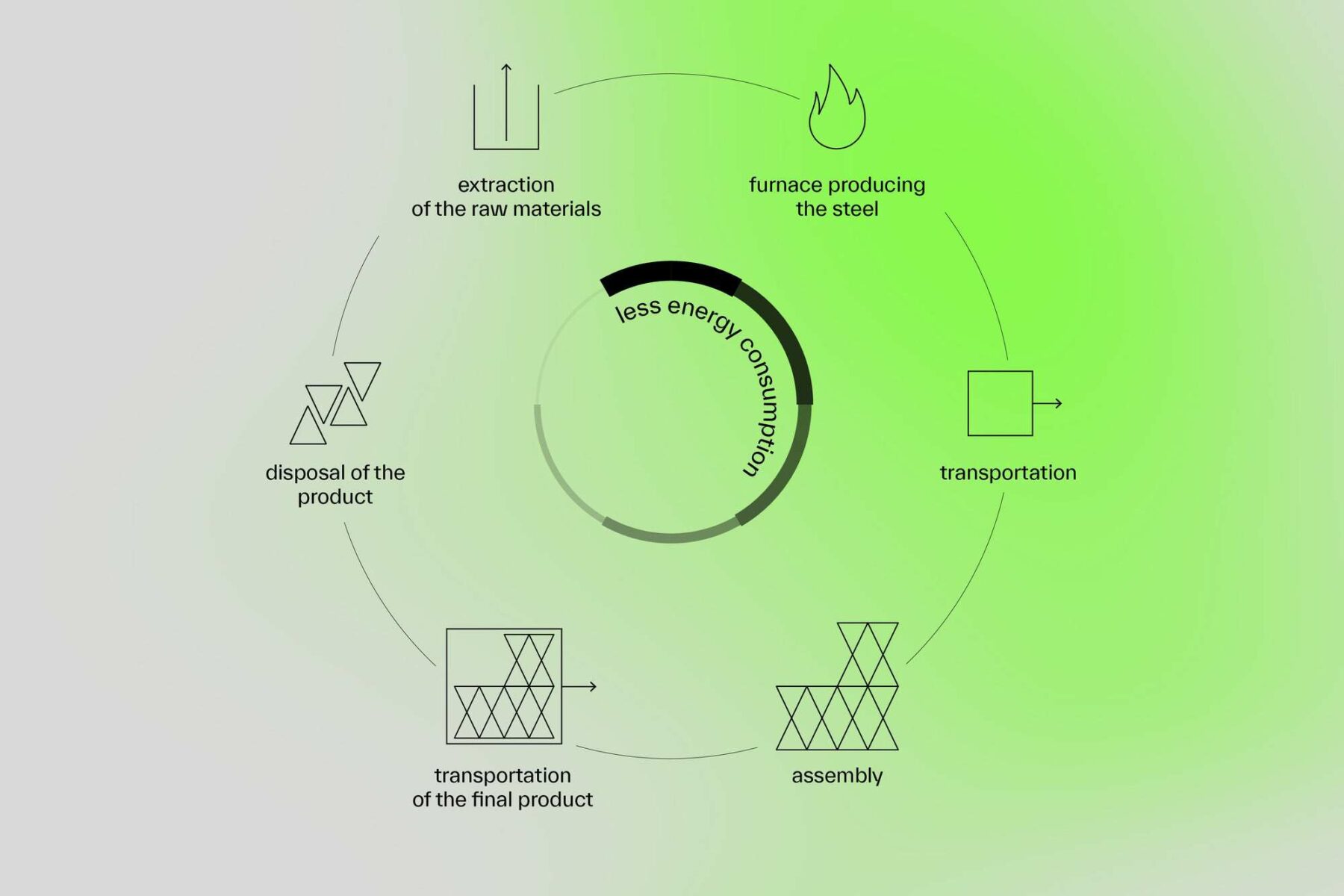
Mass Reduction and Environmental Considerations
In other areas, however, mass reduction does not seem to be a priority for technical departments, with the reasoning that “our machines don’t move, and we’ve always done it this way.” While it is true that designing without a particular focus on mass does not compromise the functionality or quality of the product, it is also true that today, everything must be conceived with careful consideration of ecological aspects. An extra kilo of steel, which is not strictly necessary for safety and functionality, sets off a chain reaction that is closely linked to energy consumption and, ultimately, impacts the environment: more energy is required to extract the raw materials (iron, alloying elements), operate the furnace to produce the steel, transport the material to the processing site, handle the parts during manufacturing and assembly, transport the final product to its destination, and finally, dispose of it at the end of its life.
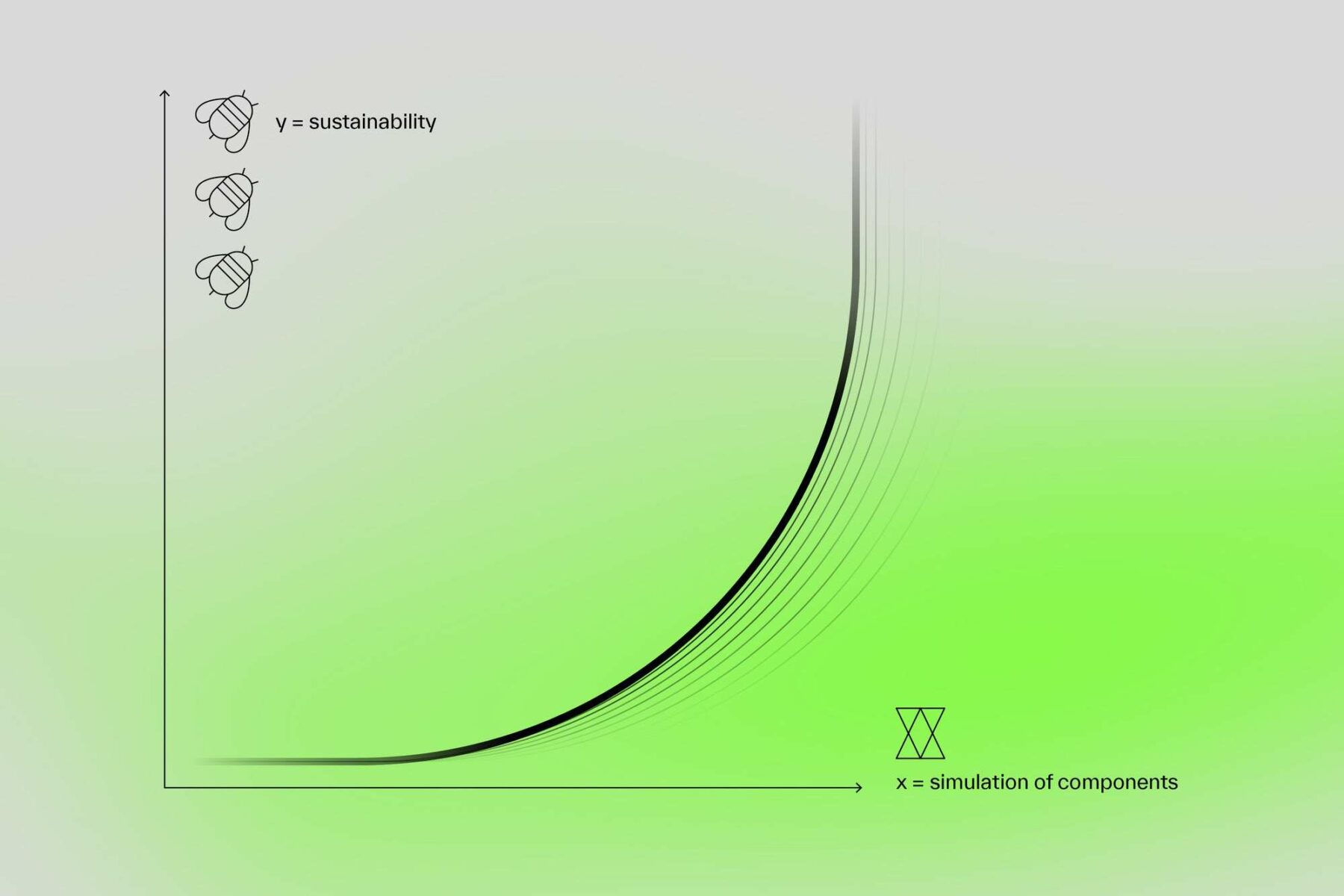
The Role of Simulation in Reducing Environmental Impact
This is another compelling reason why the simulation of components that were previously roughly sized, often favoring more material for safety, must now be used to reduce mass, and consequently environmental impact, to the minimum. This holds true even in sectors where this practice does not initially appear to be critical for the product itself.
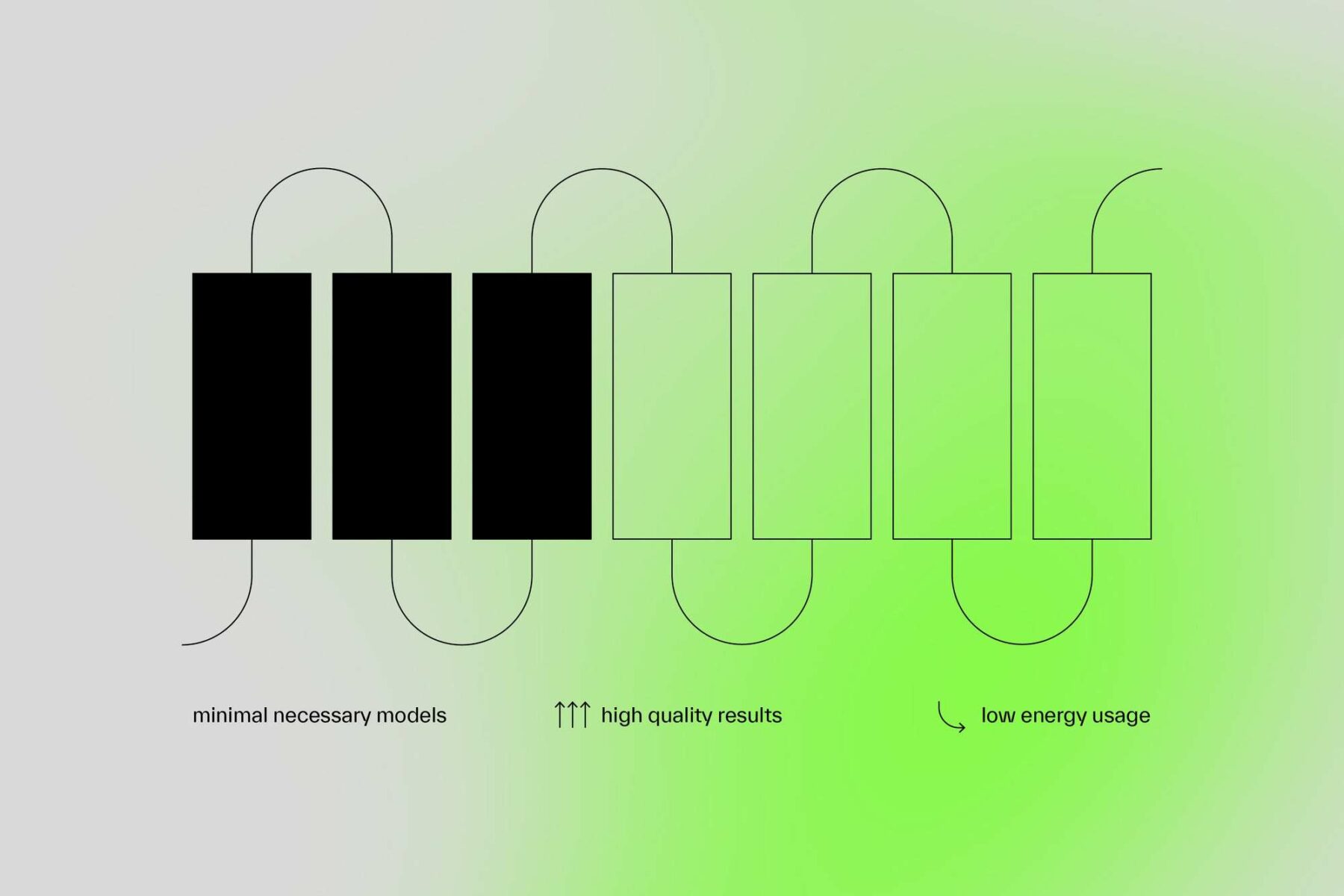
Energy Efficiency in Simulation Models
Lastly, we must remember that even the computers running these simulations consume energy: the larger the model, the more equations there are to solve, leading to higher energy usage and greater disk space requirements for storing the model and results (which, indirectly, also means more energy is needed to produce more disks). At CG CAE, we are fully aware of these factors, and with our experience, we can build the minimal necessary models to achieve our customer’s targets, avoiding unnecessary complexity while maintaining the quality of the results.
Privacy Settings
This website uses cookies to improve your experience while you navigate through the website.
View the Cookie Policy View the Personal Data Policy
Google Analytics is a web analytics service provided by Google Ireland Limited ("Google"). Google uses the collected personal data to track and examine the usage of this website, compile reports on its activities, and share them with other Google services. Google may use your personal data to contextualize and personalize the ads of its advertising network. This integration of Google Analytics anonymizes your IP address. The data sent is collected for the purposes of personalizing the experience and statistical tracking. You can find more information on the "More information on Google's handling of personal information" page.
Place of processing: Ireland - Privacy Policy
Additional consents:
